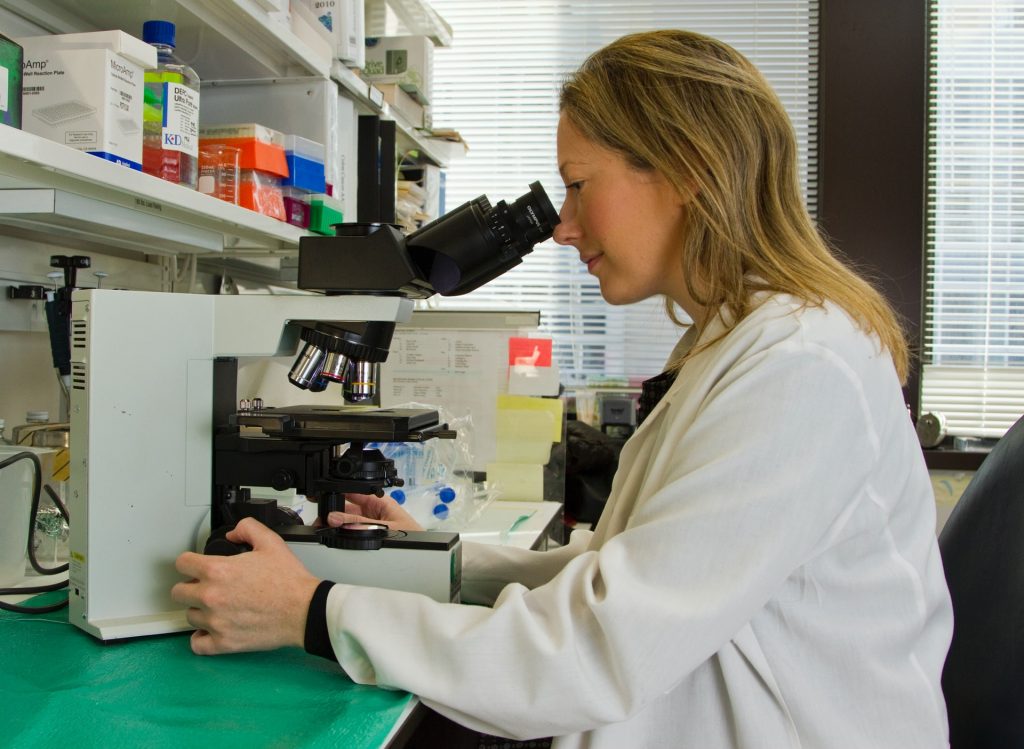
Israeli researchers have come up with a novel approach to the treatment of type 2 diabetes, using an autograft of muscle cells engineered to take in sugar at increased rates.
The disease’s long-term complications include heart disease, strokes, retinal damage leading to blindness, kidney failure, and poor blood flow in the limbs that may result in amputations. Currently a combination of lifestyle changes, medication, and insulin injections are used to treat it, however it is still associated with a 10-year reduction in life expectancy.
Professor Shulamit Levenberg led the study alomg with PhD student Rita Beckerman from the Stem Cell and Tissue Engineering Laboratory in the Technion’s Faculty of Biomedical Engineering. An autograft of muscle cells engineered to take in sugar at increased rates were tested in mice, which displayed normal blood sugar levels for months after a single procedure. The study findings were published in Science Advances.
Muscle cells are among the main targets of insulin, and they are supposed to absorb sugar from the blood. In their study, Prof. Levenberg’s group isolated muscle cells from mice and engineered these cells to present more insulin-activated sugar transporters (GLUT4). These cells were then grown to form an engineered muscle tissue, and finally put back into diabetic mice. The engineered cells not only proceeded to absorb sugar correctly, improving blood sugar levels, but also induced improved absorption in the mice’s other muscle cells through intercellular signalling. After this one treatment, the mice remained cured of diabetes for four months – the entire observation period. Their blood sugar levels remained lower, and they had reduced levels of fatty liver normally seen in type 2 diabetes.
Prof. Levenberg explained how the process worked. “By taking cells from the patient and treating them, we eliminate the risk of rejection.” These cells can easily integrate back into being part of the body and respond to the body’s signaling activity.
An effective treatment, especially as a once-off, could significantly improve both quality of life and life expectancy of those who have diabetes. The same method could also be used to treat various enzyme deficiency disorders.

